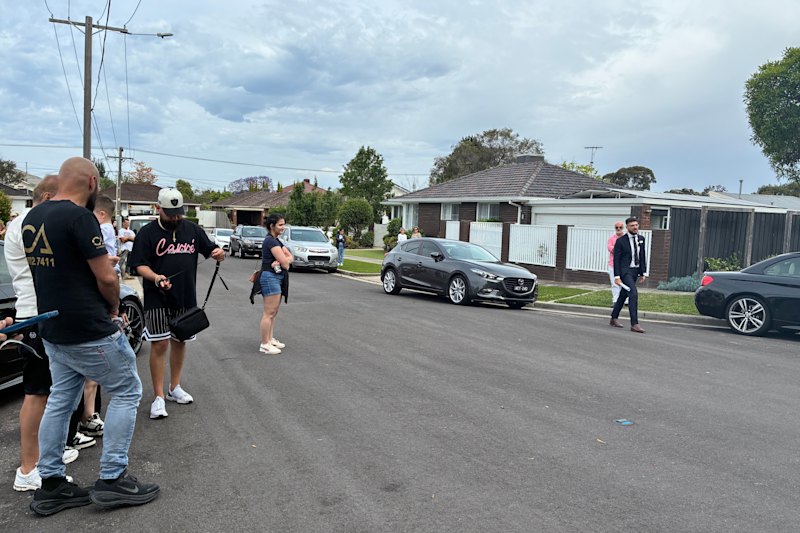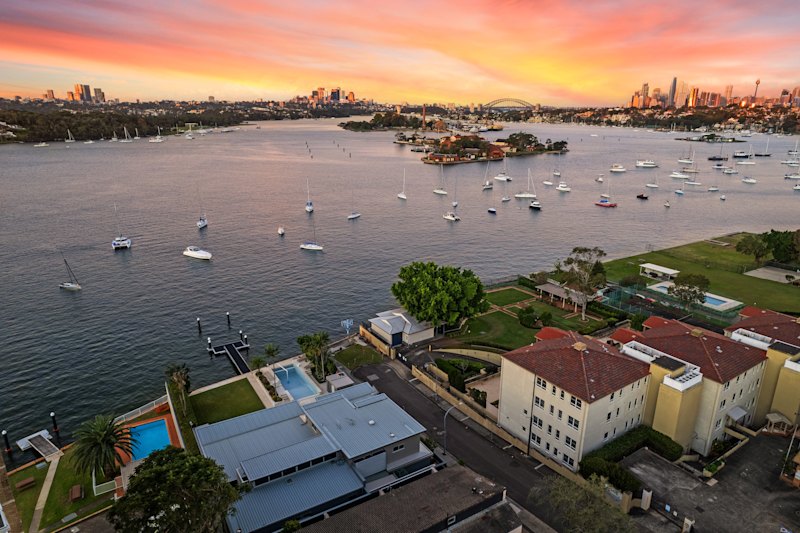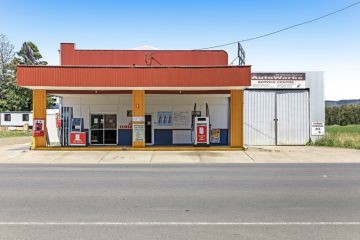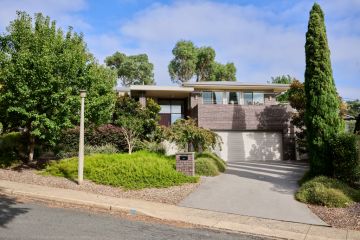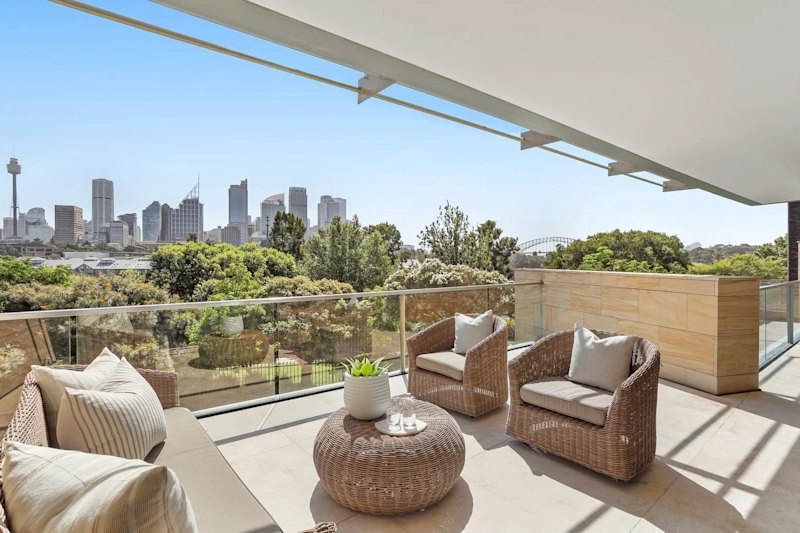Getting in the zone
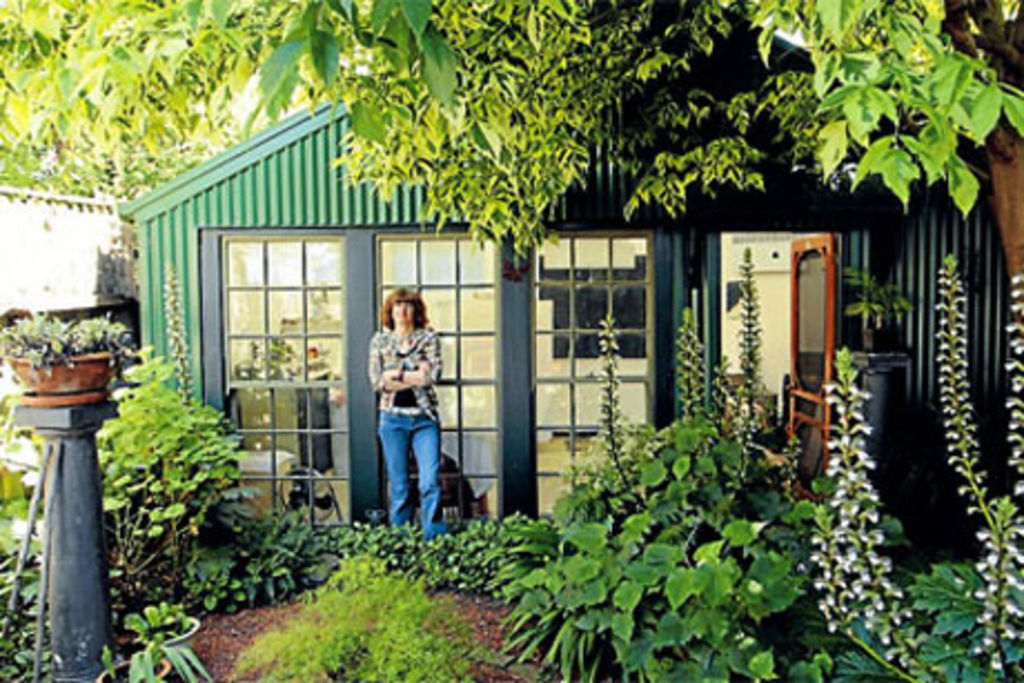
City studio

Ideally, Terri Brooks would have a studio the size of an aircraft hanger in her back yard, such as German artist Anselm Kiefer. Instead she has a charming prefabricated shed, six by four metres in size, with uneven brick flooring and refectory-style cedar windows, salvaged from an old mansion in Toorak.
“It reminds me of the weathered, corrugated iron stable I used to play in as a kid at my grandparents’ house,” Brooks says. “My home and garden reflect my personal taste, but the aesthetic decisions I make often have a symbolic attachment to some fond memory.”
Brooks’s humble worker’s cottage in Northcote has been a labour of love ever since she bought it in the early ’90s. Though in reasonable condition for its age, it lacked any original features. “I felt like I could create my own space here,” she says.
Initially Brooks set up her easel in the lounge and used the garden shack for storage before she had the idea to buy a kit and assemble a dedicated work space. “It was a cheap way to do it and it meant I could choose my own windows and door,” she says. “I saved the money from painting sales over a number of years with the view that once the studio was built, I wouldn’t have to pay for rental space ever again.”
The construction was straightforward. Set boundary to boundary, it covers roughly half the back yard and required a building permit, which the “shed people” sorted out. Though in retrospect Brooks would have opted for two storeys and laid a slab floor, it perfectly fits its purpose. “Painting is messy business and it didn’t suit me to travel in my studio clothes,” she says. “Working from home is more peaceful and flowing.”
The workshop also allows for separation and respite. “The fact I have to walk outside to get to the studio is really good. If things are going bad, I can shut the door and forget about it. It’s only about five steps away, but it’s the difference between home and work.”
If Brooks were to trade her inner-city house for a remote country cottage, she could probably have her hangar-sized studio, but location and environment is pivotal to her work. Living between the concrete metropolis and the sprawling reserves bordering both the Merri Creek and Yarra River intrigues and inspires her. Here she finds random civic art, the lamp-post made bulbous and knobbly by hundreds of lumps of discarded chewing gum. Or the 10-metre-long wall with a spray-painted dot in the middle of each brick. “I’m fascinated by those sorts of things,” she says. “That someone would do that.”
Primarily though, her inspiration is found in the melding of nature and industrialism. “My textures, mark-making and compositions are drawn directly from my local urban environment,” she says. “I’m fascinated by the visible signs of nature on the city surface and the layers of history evident. The inevitability of nature to come back in and reclaim, despite our best efforts.”
Link: Terri Brooks’s work is available through Flinders Lane Gallery, flg.com.au, terri-brooks.com.au/
Country studio

Back in 1963, Juliana Hilton and a group of artist friends would travel from the city to stay and paint in a picturesque country town they had recently stumbled upon.
“The place was Castlemaine,” says Hilton. “And back then we were the only artists here. The locals looked at us like we were from Mars, which we probably were.”
Though Hilton takes no credit for starting what is now a creative and vibrant hub with a thriving art scene, she was a part of the first and second waves of artists who flocked here. In 1995 she returned to Castlemaine more permanently and, a few years ago, bought a small, rocky paddock and built two houses on it, one for herself and one for her daughter.
Simple, angular and constructed from tin, Hilton’s stylish and modern one-bedroom house features a number of artistically landscaped outdoor spaces, as well as a separate upstairs studio and an outhouse for her printing press. “My whole house is my studio really,” says Hilton. “I’m happy to do things that aren’t too messy on the kitchen table, but I also need a place where it doesn’t matter if you make a mess and spill things.”
Hilton has been a painter and print-maker since leaving art school half a decade ago. She has also raised five children. “I always had a space to paint in every home I’ve lived in, even if it was a tiny corner, ” she says. “The children learnt not to touch and I learnt to be adaptable.”
She no longer has to worry, which is good, because her paintings have got bigger. “My early work was very detailed,” she says. “Now I rather like slapping it on.”
Having always painted her environment “in one form or another”, Hilton’s early work often depicted her old kitchen in Carlton. In her recent paintings she features her studio, incorporating elements that she finds in the garden and old treasures (salvaged cemetery fragments and pottery made by friends), into the picture.
The studio’s design, which Hilton sketched on graph paper, was largely dictated by cost, closely followed by aesthetics. The fact you exit the house and climb an outdoor staircase to reach it not only cut the cost but added form to what would otherwise have looked like a metal box. Due to the block’s topography, split by a 2.5-metre rockface, the studio also leads to private elevated bushland, providing seclusion and peace. “I like a private sitting spot, but I don’t have to have bush,” says Hilton. “I like picturesque, but I like picturesque squalor. I enjoyed looking at the backs of shops and warehouses when I lived in Carlton. I’m a city person, but I do love it here.”
More space would be good; it seems that most artists can’t get enough of that, but up here, in her studio retreat, she is at least allowed to make a “hideous mess”.
Link
Juliana Hilton’s work is available through the Bridget McDonnell Gallery in Melbourne. bridgetmcdonnellgallery.com.au
julianahilton.com
We recommend
States
Capital Cities
Capital Cities - Rentals
Popular Areas
Allhomes
More
- © 2025, CoStar Group Inc.
